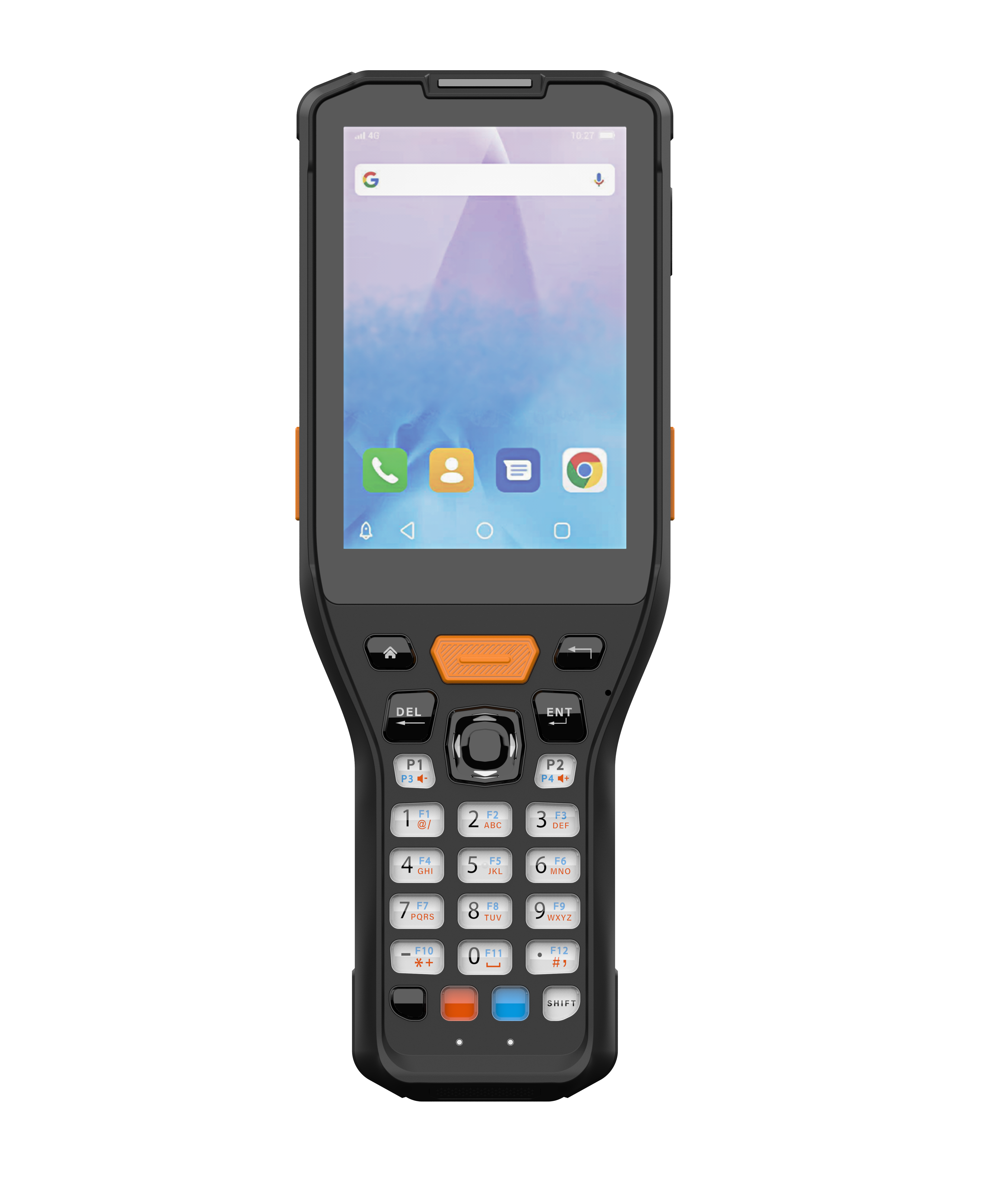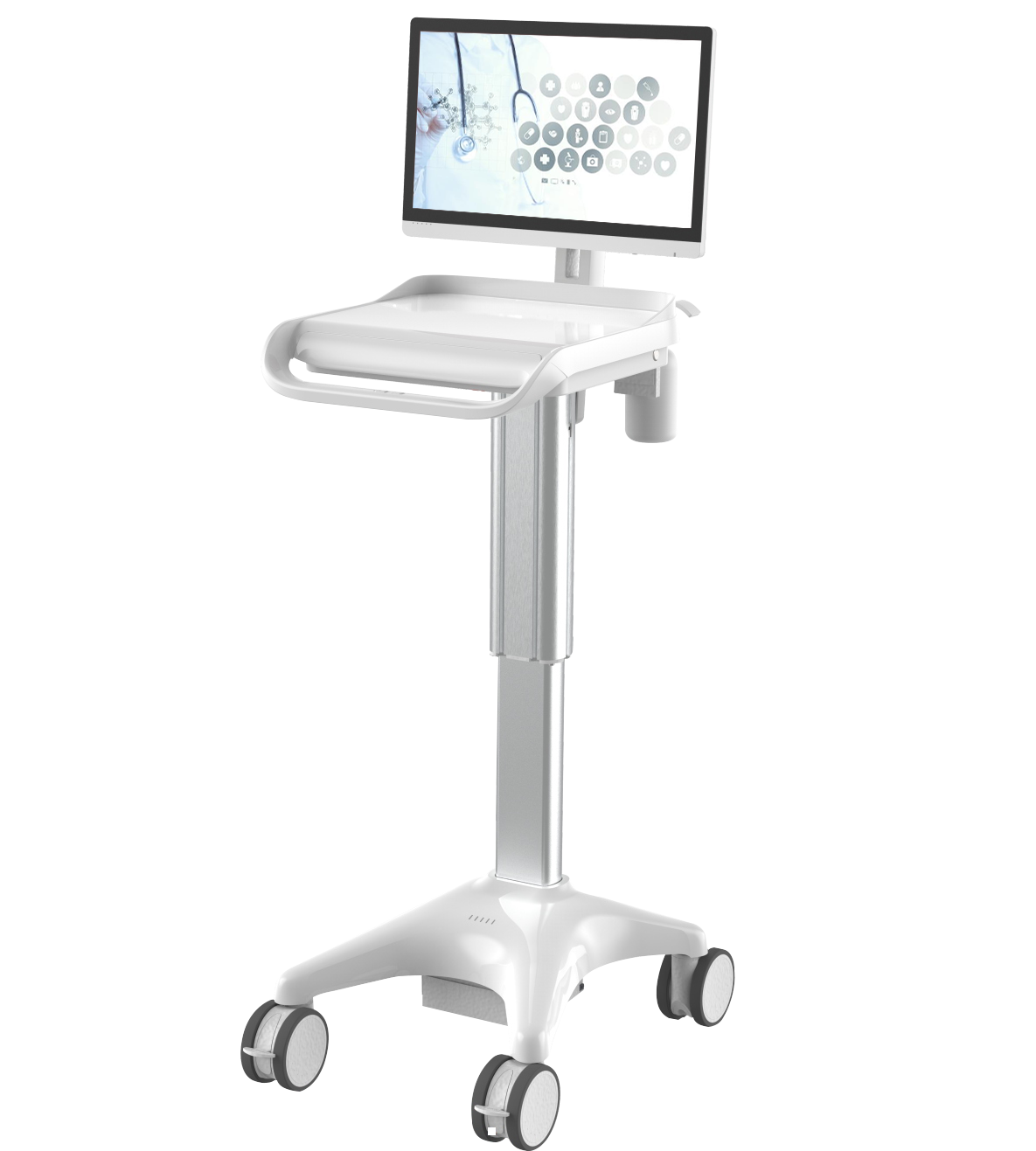Background
Founded in 1984, Haier Group has developed into one of the world's largest manufacturers of white goods after 30 years of entrepreneurial innovation. In 2018, Haier Group’s annual ecosystem revenue was 15.1 billion yuan, an increase of 75% compared to the previous year. Haier Group has established 10 R&D centres, 24 industrial parks, 108 manufacturing plants and 66 marketing centres across the world. It has over 70,000 employees located in 17 countries and users all around the globe.
Challenges
Considering the intense competition and rapidly changing market demands, providing timely after-sales services to consumers provided the edge enterprises needed to succeed. However, Haier faced numerous challenges in their original fixed information service system, thus unable to effectively roll out their after-sales maintenance services.
1. The transfer of problem cases between the after-sales service centre and the maintenance team lacked an efficient workflow. During busy work times, numerous cases were often misplaced, lost, forgotten and thus had no follow ups and response. This resulted in additional complaints which negatively impacted the group's international brand image.
2. Field service feedback data such as on-site faults and maintenance measures were filled in manually. Inevitably, numerous errors and delays arise. Statistical analysis of service data lacked accuracy and affected the Haier's quality analysis and improvement measures.
3. Difficulty with performance appraisals as there was no way to monitor the location and service quality of maintenance workers. Customer opinions could not be collected for incorporation into the performance appraisal system.
Solution
Haier urgently needed a high-quality maintenance system management tool that could help standardize the workflow for maintenance personnel, to improve the efficiency of daily maintenance operations and the competitiveness of their comprehensive services.
1. Users experience faults with the devices and contacts the after-sales service centre.
2. Service centre arranges all the information and uploads it into the database.
3. Maintenance worker downloads the work order task.
4. Worker proceeds to check information of user and the fault.
5. Worker updates the system with the product information, faults, expenses and service procedures to address the problem.
6. Submit the request for spare parts search through the device.
7. Start maintenance. After completing the repair, update the electronic warranty on the device.
8. If there is a payable fee for the service, the card payment interface will pop up and the card payment will be made on site. Payments are accepted through Urovo’s PDA and a receipt is printed immediately with Urovo’s mobile printer.
9. Create a maintenance file and upload a maintenance record.
Results
1. Haier can track and record location of on-site maintenance personnel, standardize services for maintenance personnel, and perform real-time dispatch of resources remotely.
2. Real-time information exchange on sudden and frequent problems in devices provides Haier the information needed to research and develop the quality of products.
3. Time-efficient as maintenance personnel can accept and complete maintenance tasks without having to return to the company to obtain the cases and query internal information.
4. Scanning the various product codes with Urovo’s handheld barcode readers during the home maintenance automatically updates the maintenance records on the system, and generates statistical reports every month, which greatly improves the operation efficiency.
5. Maintenance personnel can provide additional services such as inspecting the spare parts and provide customer spare parts price consultation. This improves the quality of maintenance services and improves customer satisfaction.


















































